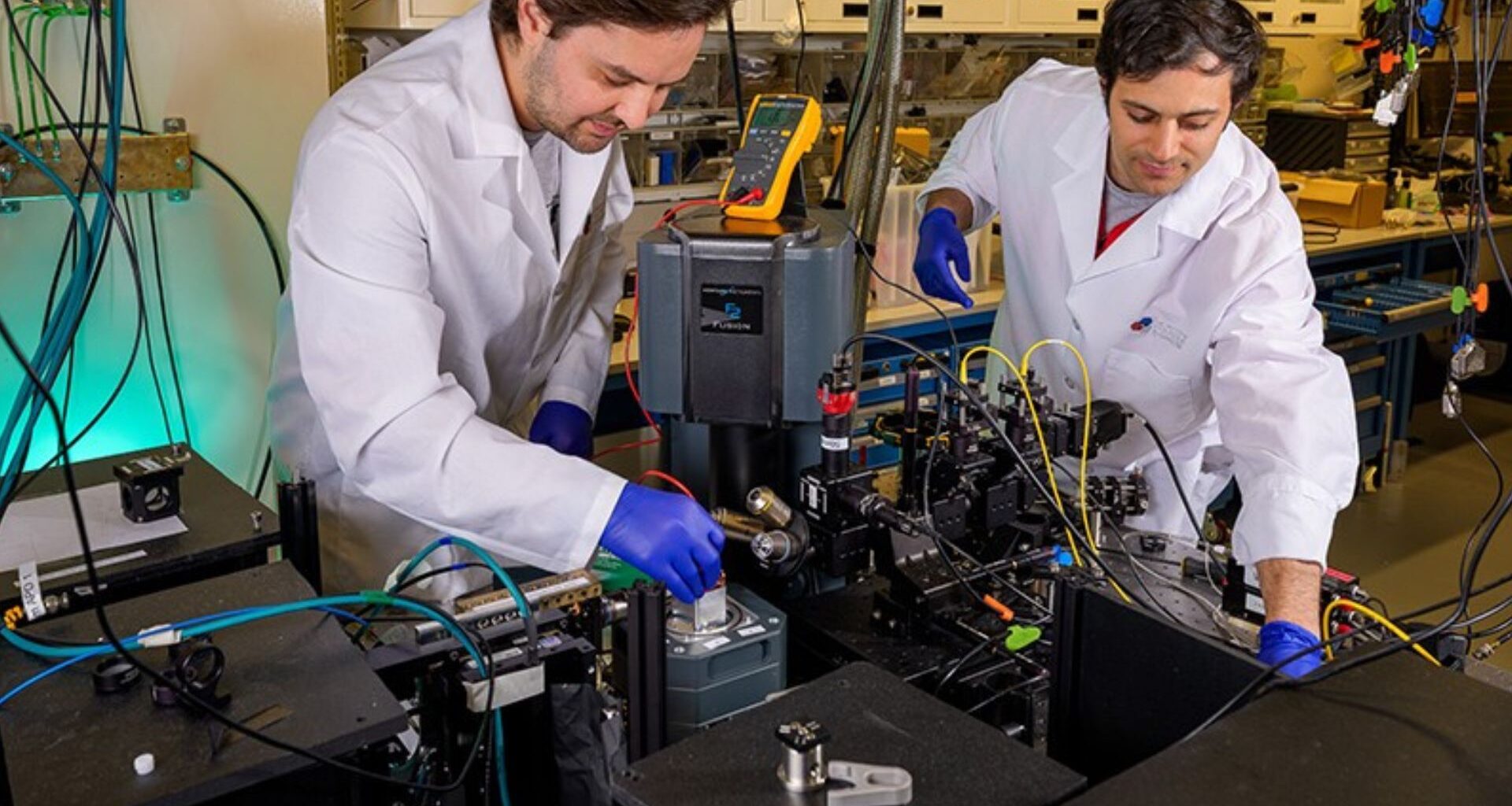In an interesting development, the team at the University of Chicago Pritzker School of Molecular Engineering (UChicago PME) has created a protein-based quantum bit (qubit).
The group successfully turned a “protein from a living cell” into a functional qubit, the fundamental unit of information for quantum computing.
The protein qubit could work as an incredibly sensitive quantum sensor, even in a living cell’s warm, noisy environment. This is a sharp contrast to the freezing conditions that quantum technology usually needs.
The advance could help biological research by offering a new way to see the inner workings of life at its most basic level.
“Rather than taking a conventional quantum sensor and trying to camouflage it to enter a biological system, we wanted to explore the idea of using a biological system itself and developing it into a qubit,” said David Awschalom, co-principal investigator of the project.
“Harnessing nature to create powerful families of quantum sensors—that’s the new direction here,” added Awschalom, also director of the Chicago Quantum Exchange (CQE).
Overcoming previous limitations
Scientists have long believed that the chemistry of life and the quantum world were separate. Quantum effects required a controlled, frigid environment, while biology was considered warm and messy.
It was believed that quantum phenomena like “coherence” couldn’t survive in a living cell. However, recent discoveries have overturned this idea.
This new development adds to it, suggesting that the protein qubit can work even within the complex environment of a living cell.
In this new work, enhanced yellow fluorescent protein (EYFP) was converted into a quantum bit. The EYFP protein is commonly used in biology as a fluorescent tag to observe cells.
Quantum Insider explained that the protein qubit exhibits quantum behavior, demonstrating measurable spin coherence and optically detected magnetic resonance within the complex, noisy cellular environment.
Moreover, the protein qubit works not just in pure samples, but also inside living cells, which means it could be used to create quantum sensors.
The team could initialize, manipulate with microwaves, and read out the qubit’s state using light.
A new window into life
As per researchers, the new protein qubits aren’t as sensitive as today’s best quantum sensors, which are often made from diamonds. However, their true power comes from being genetically encoded directly into living cells.
This unique capability promises a future where experts can observe biological processes, such as protein folding and the early stages of disease, at the most fundamental level.
Interestingly, this innovation could drive a forward quantum-enabled nanoscale MRI, providing an unprecedented look at the atomic structure of cells.
“We’re entering an era where the boundary between quantum physics and biology begins to dissolve. That’s where the transformative science will happen,” said Benjamin Soloway, PhD candidate.
What’s more? It also opens new frontiers for the field of quantum technology itself, as it introduces a “radically different approach to designing quantum materials,” according to co-principal investigator Peter Maurer.
